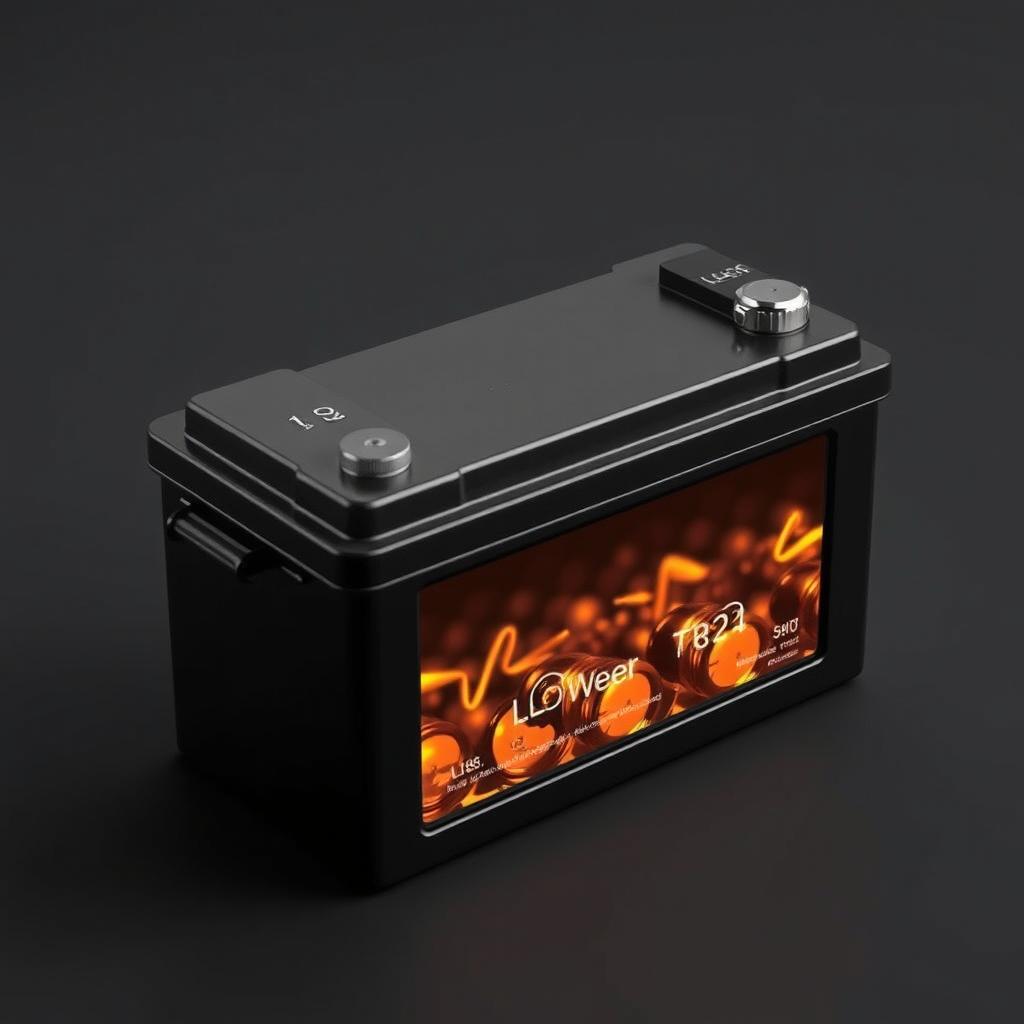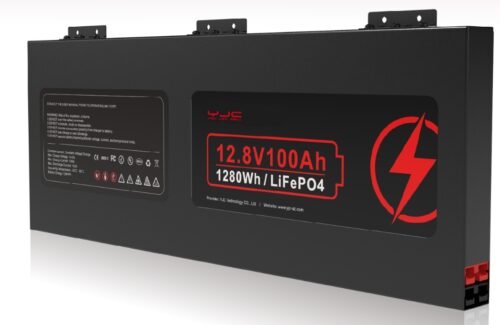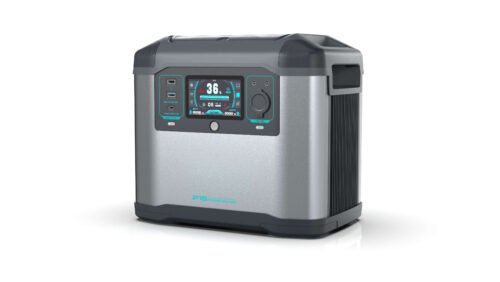Hi there, In our Daily life, I have encountered so many clients who don’t know about the terminology of the BESS field, for example, they don’t know what does Ah, SOC, and SOH mean, So here I will give you very detail explanation for most of the terminology in this field. Let’s get started.
Active Material The active electrochemical materials used in the manufacture of positive and negative electrodes.
Absorbent Glass Mat (AGM) Absorbent Glass Mat (AGM) is a type of lead acid battery that uses a glass mat to promote the recombination of gases produced by the charging process. Ambient Temperature The prevailing surface temperature to which a battery is exposed.
Ampere Unit of measurement for electric current.
Ampere-Hour The product of current (amperes) multiplied by time (hours). Used to indicate the capacity of a battery. Also referred to as Amp. Hr. or A H.
Anode Electrode that releases electrons on discharge. When applying power to a device, the anode is positive, when taking power away on discharge the anode turns negative.
Battery Two or more cells connected together in series or parallel. See guide on how to connect in series/parallel.
BESS Battery energy storage system sometimes referred to as ESS.
BMS Battery Management System used inside or outside a battery to manage charge, discharge and provide
SoC, SoH data. Used to protect the battery and maximize service life. Bluetooth Low-power radio communications up to 10 meters (30 feet). Power Sonic Lithium Bluetooth batteries utilize Bluetooth in combination with a BMS to give instant access to the status of the battery from a smart device. C Used to signify a charge or discharge rate equal to the capacity of a battery divided by one hour. Thus C for a 2000 mAh battery would be 2.0 A. C/5 for the same battery would be 400 mA and C/10 would be 200 mA. More information can be found on what is a battery Capacity The electrical energy available from a cell or battery expressed in ampere-hours.
Available capacity: ampere-hours that can be discharged from a battery based on its state of charge, rate of discharge, ambient temperature, and specified cut-off voltage.
Rated capacity: the discharge capacity the manufacturer states may be obtained at a given discharge rate and temperature.
Capacity fades: the loss of capacity due to inadequate recharging.
Capacity offset: the correction of capacity when discharging a battery at a higher C-rate than specified. Cathode Electrode in a cell in which reduction takes place by absorbing electrons. During discharge, the cathode is positive, during charge it is reversed and becomes negative. Cell The basic building block of a battery. The nominal voltage of a lead acid cell is 2 volts and a LiFePO4 cell is 3.2 volts. Secondary cell: the process is reversible so that charging and discharging may be repeated over and over.
Cell reversal: the act of driving a cell into reverse polarity by excessive discharge.
Cell mismatch: cells in a battery pack that have unequal capacities, voltages, or internal resistance values.
Primary cell: cell or battery that can be discharged only once, cannot be recharged for further use. Examples include alkaline manganese-Zinc.
Secondary cell: the process is reversible so that charging and discharging may be repeated over and over. Examples include lead acid.
Cylindrical cell: positive and negative plates are rolled up and placed into a cylindrical container. Examples include AA and 18650 cells.
Prismatic cell: a battery that the positive and negative plates are stacked as opposed to rolled.
Pouch cell: packaged into a flexible, heat-sealable foiled pouch.
Power cell: cell designed for maximum current delivery, high rate of discharge.
Energy cell: cell designed for maximum capacity. Longer cycle life. Charge The conversion of electrical energy to chemical energy; the process which restores electrical energy to a cell or battery. Guides available on charging a lead acid battery and charging a lithium battery.
Charge retention: a battery’s ability to hold a charge. It diminishes during storage.
Charge acceptance: quantifies the amount of electric charge that accumulates in a battery.
Float charge: maintains the capacity of a cell or battery by applying a constant voltage.
Trickle charge: maintains the capacity of a cell or battery by applying a small constant current.
Charge equalization: brings all of the cells in a battery or string to the same state of charge. Closed Circuit Voltage Test A test method in which the battery is briefly discharged at a constant current while the voltage is measured. Coulomb Unit of electric charge. One coulomb (1C) equals one ampere-second (1 As). Cut-off Voltage The final voltage of a cell or battery at the end of charge or discharge. Cycle A single charge and discharge of a cell or battery.
Cycle life: the total number of cycles a battery can deliver until it reaches the end of life. Deep Cycle A cycle in which the discharge continues until the battery reaches its cut-off voltage, usually 80% of discharge for a lead-acid battery. More information on what is a deep cycle battery? Direct Current (DC) The type of electrical current that a battery can supply. One terminal is always positive and the other always negative. Discharge The process of drawing current from a battery.
Deep discharge: the discharge of a cell or battery to between 80% and 100% of rated capacity.
Depth of discharge (DoD): the amount of capacity, typically expressed as a percentage, removed during discharge.
Self-discharge: the loss of capacity while stored or while the battery is not in use.
Self-discharge rate: the percentage of capacity lost on open circuit over a set period of time. Drain The withdrawal of current from a battery.
Parasitic drain: when power continues to be drained from a battery after the vehicle engine is off.
Electrode Positive or negative plate containing materials capable of reacting with electrolyte to produce or accept current. Electrolyte Conducts ions in a cell.
Lead acid batteries use a sulfuric acid solution.
End of Charge Voltage The voltage reached by the cell or battery at the end of charge, while the charger is still attached.
Energy Density Ratio of battery energy to volume or weight expressed in watt-hours per cubic inch/mm or pound/kilogram.
Gas Recombination The process by which oxygen gas generated from the positive plate during the final stage of charge is absorbed into the negative plate, preventing the loss of water.
High rate discharge A very rapid discharge of the battery. Normally in multiples of C (the rating of the battery expressed in amperes).
Hydrometer Device used to measure the specific gravity of a fluid, reads state-of-charge of flooded lead-acid batteries.
Impedance The resistive value of a battery to an AC current expressed in ohms (Q). Generally measured at 1000 Hz at full charge.
Internal Resistance The resistance inside a battery creates a voltage drop in proportion to the current draw.
Lithium-Ion Battery Rechargeable battery with cobalt, manganese, iron and/or other metals as cathode and graphite anode.
Negative Terminal The terminal of a battery from which electrons flow in the external circuit when a battery discharges.
Nominal Capacity The nominal value of rated capacity.
Nominal Voltage The nominal value of rated voltage.
Open Circuit Voltage The voltage of a battery or cell when measured in a no-load condition






